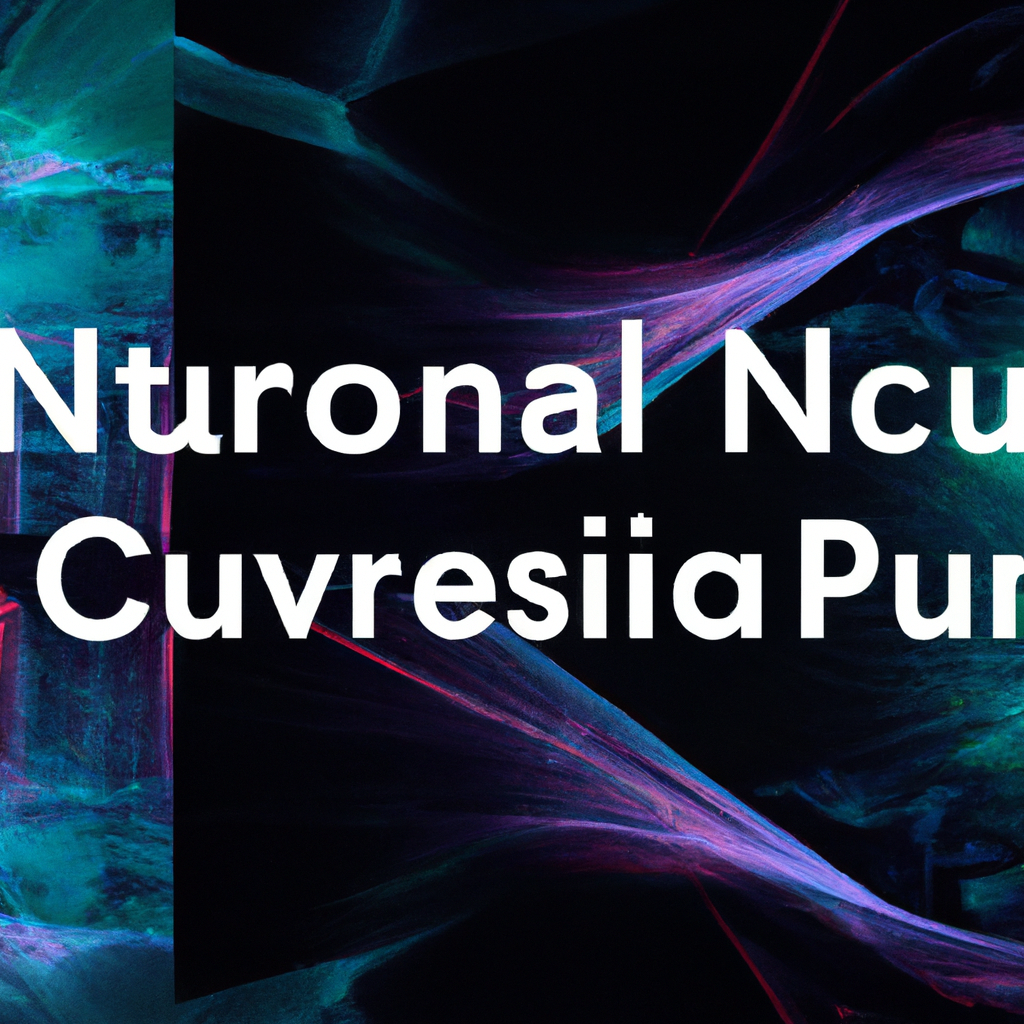Understanding the Principles of Convolutional Neural Networks in Video Processing
Table of Contents
Understanding the Principles of Convolutional Neural Networks in Video Processing
# Introduction:
In recent years, there has been a significant advancement in the field of computer vision, particularly in video processing. Convolutional Neural Networks (CNNs) have emerged as a powerful tool for analyzing and understanding video data. This article aims to provide an in-depth understanding of the principles behind CNNs in video processing, exploring their architecture, training methods, and applications.
# 1. Background:
Video processing involves extracting meaningful information from video streams, such as object detection, activity recognition, and scene understanding. Traditional approaches often rely on hand-crafted features and complex algorithms. However, CNNs offer an alternative by automatically learning and extracting features directly from raw video data.
# 2. Convolutional Neural Networks:
Convolutional Neural Networks are a class of deep learning models designed explicitly for processing grid-like data, such as images and videos. Their architectural design is inspired by the visual cortex in the human brain. CNNs consist of multiple layers, each responsible for extracting and transforming features at different levels of abstraction.
a. Convolutional Layers: The core building block of a CNN is the convolutional layer. It applies a set of learnable filters to the input data, convolving them across the spatial dimensions. This operation captures local patterns and spatial relationships, enabling the network to learn hierarchical representations. Additionally, the use of shared weights in convolutional layers contributes to parameter efficiency and translation invariance.
b. Pooling Layers: Pooling layers are commonly used in CNNs to reduce spatial dimensions and control overfitting. Max pooling is the most popular pooling operation, which downsamples the input by selecting the maximum value within a local neighborhood. By discarding less relevant information, pooling layers help extract robust features while reducing computational complexity.
c. Activation Functions: Activation functions introduce non-linearities into the network, allowing it to learn complex representations. Rectified Linear Unit (ReLU) is the most widely used activation function in CNNs. It replaces negative values with zero, preserving positive activations. ReLU is computationally efficient and helps alleviate the vanishing gradient problem.
d. Fully Connected Layers: The final layers of a CNN are typically fully connected layers, which transform the high-level features extracted by convolutional and pooling layers into class probabilities. These layers connect every neuron from the previous layer to the subsequent layer, enabling global information integration and decision-making.
# 3. Training Convolutional Neural Networks:
Training CNNs involves two key steps: forward propagation and backpropagation. In forward propagation, the network processes input data, computes predictions, and evaluates the loss. Backpropagation then updates the network’s parameters to minimize the loss. This process is repeated iteratively until convergence is achieved.
a. Loss Functions: The choice of a suitable loss function depends on the specific video processing task. For example, in video classification, cross-entropy loss is commonly used to measure the discrepancy between predicted and ground truth labels. Other tasks, such as object detection, may require specialized loss functions like the Intersection over Union (IoU) loss.
b. Optimization Algorithms: Various optimization algorithms, such as Stochastic Gradient Descent (SGD), Adam, and RMSprop, are used to update the network’s parameters during backpropagation. These algorithms aim to find the optimal set of weights that minimize the loss function. Additionally, techniques like learning rate scheduling and weight regularization help improve training stability and generalization.
c. Data Augmentation: Data augmentation is a crucial technique to enhance the performance and robustness of CNNs. It involves applying random transformations to the input data, such as rotations, translations, and flips. By increasing the diversity of training samples, data augmentation helps the network generalize better to unseen data and reduces overfitting.
# 4. Applications of Convolutional Neural Networks in Video Processing:
CNNs have revolutionized various aspects of video processing, enabling remarkable achievements in several applications.
a. Object Detection and Tracking: CNN-based object detection algorithms, such as Faster R-CNN and YOLO, have demonstrated exceptional accuracy and real-time performance. These algorithms localize and classify objects within video frames, providing valuable information for tracking and scene understanding.
b. Activity Recognition: CNNs have been successfully applied to recognize human activities in videos, such as sports actions, gesture recognition, and abnormal event detection. By learning spatiotemporal features, CNNs capture motion patterns and discriminate between different activities.
c. Video Captioning: Combining CNNs with Recurrent Neural Networks (RNNs) enables the generation of descriptive captions for videos. This multimodal approach learns to associate visual features with textual descriptions, contributing to applications like video summarization and accessibility for visually impaired individuals.
d. Video Super-Resolution: CNN-based super-resolution algorithms enhance the resolution of low-quality video frames, improving visual quality and details. By leveraging the inherent spatial correlations in video data, CNNs generate high-resolution frames from low-resolution inputs.
# Conclusion:
Convolutional Neural Networks have emerged as a powerful tool in video processing, revolutionizing the field with their ability to automatically learn and extract features from raw video data. Understanding the principles behind CNNs, including their architecture, training methods, and applications, is essential for researchers and practitioners in the field of computer vision. With further advancements and research, CNNs will continue to push the boundaries of video processing, enabling even more sophisticated analysis and understanding of visual information.
# Conclusion
That its folks! Thank you for following up until here, and if you have any question or just want to chat, send me a message on GitHub of this project or an email. Am I doing it right?
https://github.com/lbenicio.github.io

